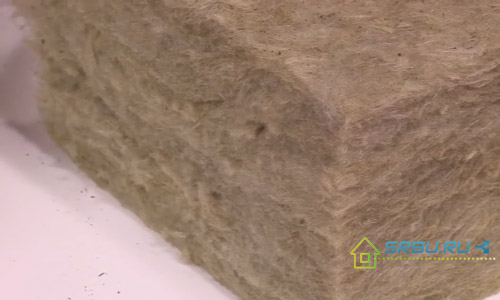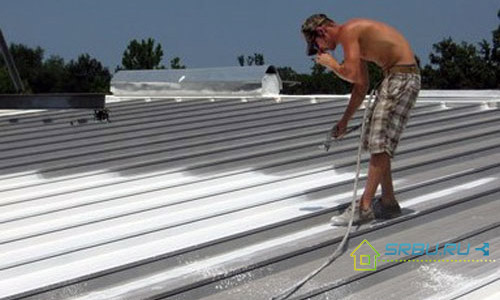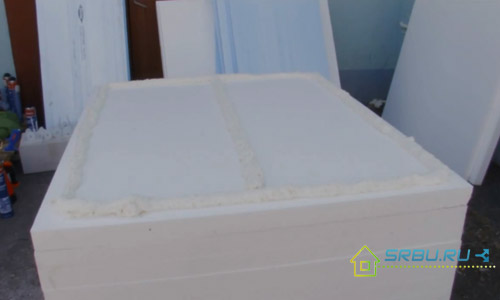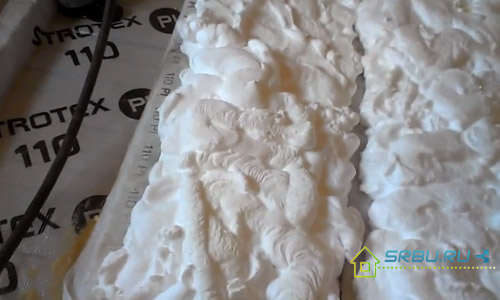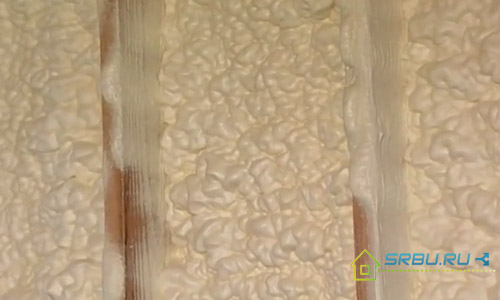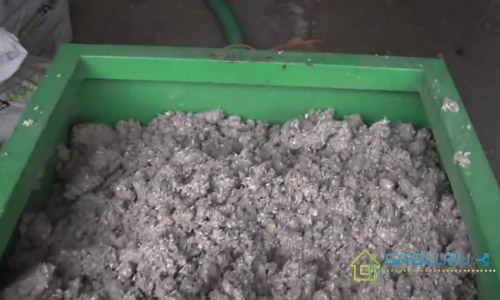Extruded polystyrene foam is a type of foam with a slightly modified manufacturing process. Due to which it acquires some positive properties, but at the same time inherits the disadvantages of polystyrene. This is a light gas-filled material for the production of which polystyrenes, styrene copolymers and their derivatives are manufactured using advanced technology, the idea of which is gas filling and foaming by heating granules of the feedstock.
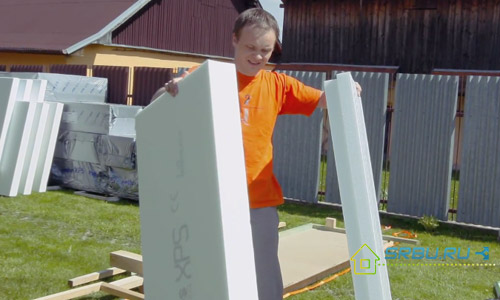
In the finished product, the product is represented by plates that are perfectly suitable for insulation of the surfaces of houses and industrial buildings and even in thermal insulation in the construction of road surfaces.
The material has such positive characteristics as good thermal insulation due to low thermal conductivity. Available in fireproof versions. It does not perceive the influence of a humid environment, is easy to process and has the necessary strength, durable.
Among the shortcomings, it can be determined that expanded polystyrene has not yet passed the full test of time and will be used in the construction of less than forty years of the warranty period defined for it. Another disadvantage is the fact that it, like polystyrene, emits toxic poisonous substances with strong heating.
You can learn about extruded polystyrene foam from direct consumers of the product, who decided to acquaint others with their experience in its use and practical information about the advantages and disadvantages of insulation.

